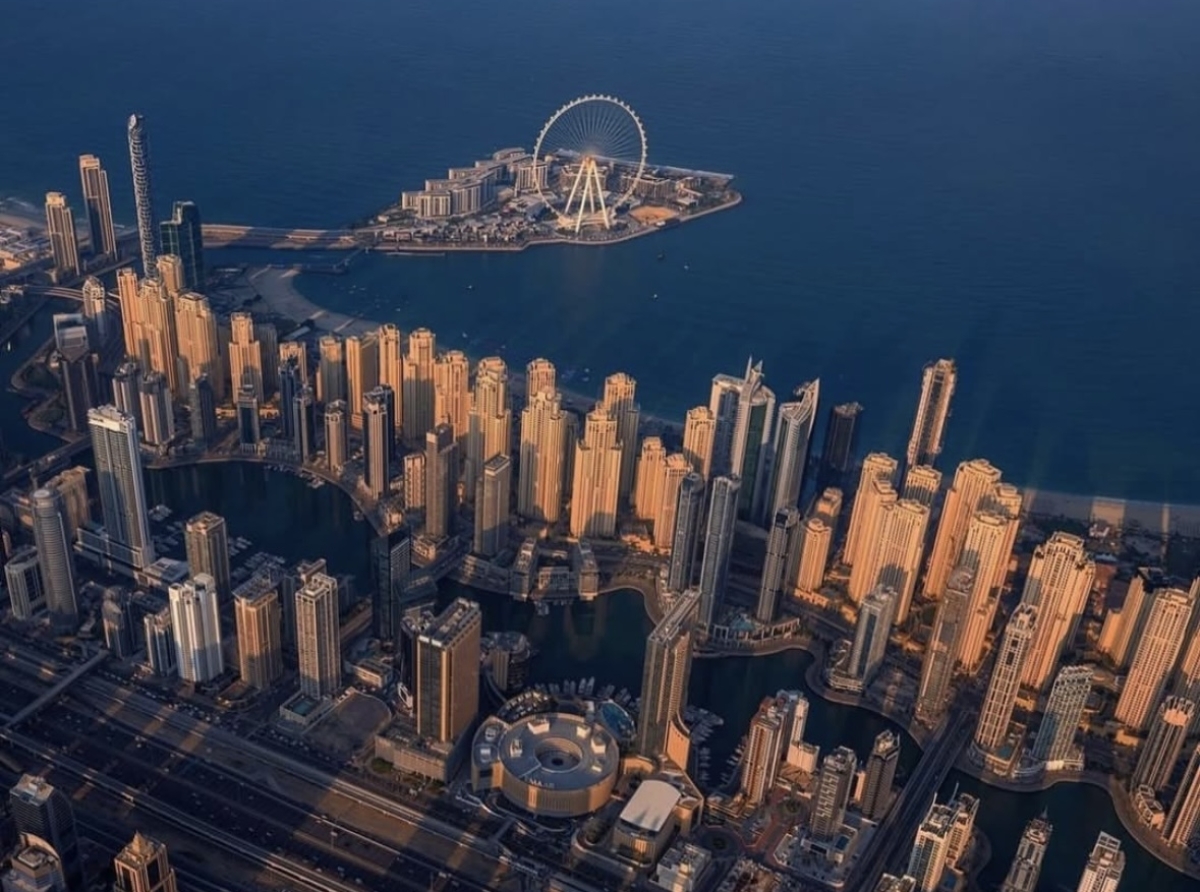DMCC Presents Record-Breaking Silver Bar Ahead of Planned Tokenisation
DMCC has introduced what Guinness World Records has certified as the wor...
Nov 28, 2025

In an era where urban safety is often elusive, Dubai has emerged as a notable exception. With some of the world’s lowest crime rates and a top-10 ranking in multiple international safety indexes, the city has crafted a security ecosystem that blends technology, policy, and civic participation into a compelling model for the 21st century.
According to the 2024 Numbeo Safety Index, Dubai ranks 7th globally, registering a high safety score of 83.8 as of early 2025. These rankings are based on public data, user surveys, and statistical modeling that accounts for crime levels, safety perceptions, and law enforcement responsiveness. The UAE as a whole is ranked the second safest country in the world.
Central to Dubai’s safety record is its embrace of advanced technology. The city is covered by a vast network of CCTV cameras—many powered by artificial intelligence and facial recognition. These systems enable real-time monitoring and predictive policing strategies, allowing authorities to act swiftly and efficiently. Dubai has also pioneered Smart Police Stations, open 24/7, that allow residents and visitors to report crimes or access services without human intervention. In 2023, Dubai Police reported an average emergency response time of just 2 minutes and 24 seconds, one of the fastest globally.
But technological sophistication alone doesn’t explain the full picture. Dubai’s safety is reinforced by strict laws and swift enforcement. Public misconduct such as littering, reckless driving, or drunken behavior is penalized with zero tolerance. The law is applied consistently and transparently, creating a strong deterrent effect. Violent crime and street-level offenses remain rare, and the judicial system is designed to process violations efficiently.
Urban design plays its part as well. Public spaces in Dubai are intentionally built for safety: well-lit, monitored, and clean. Pedestrian zones are clearly defined, and public transport areas are regularly patrolled. Strategic placement of surveillance infrastructure further reduces blind spots where crime could take root.
Equally important is the role of the community. Dubai’s government fosters a culture of cooperation between law enforcement and residents. Initiatives like neighborhood watch programs and youth engagement events, such as the Positive Spirit campaign, bring citizens into the public safety mission. These efforts are especially significant in a city where over 200 nationalities live side by side. Public awareness campaigns promote legal literacy and cultural sensitivity, strengthening trust in public institutions.
In many ways, Dubai’s approach to safety mirrors its broader development philosophy: efficient, data-driven, and future-oriented. The city offers a striking example of what is possible when urban policy integrates modern technology with proactive governance and community engagement. While critics may raise concerns about surveillance or strictness, the numbers—and the lived experience of residents—paint a picture of a city that has successfully prioritized safety without sacrificing cosmopolitanism.
For a rapidly growing global hub, this is no small feat. It is, instead, a template that other cities may increasingly look to—not just for what Dubai has built, but for how it continues to evolve.
Photo credits: Dubai Instagram.
Disclosure: Dubai Voice enhances the editing process with the help of carefully selected AI tools. These tools provide valuable support without taking over the editing process completely, ensuring that the final product is the result of human creativity and expertise augmented by the benefits of enhanced technology. This article is protected under the copyright of Dubai Voice. Unauthorized reprinting, republishing, or rewriting of this content is strictly prohibited without explicit permission from Dubai Voice. Quotations from this material are permissible provided that a direct link to the full article on Dubai Voice is included.